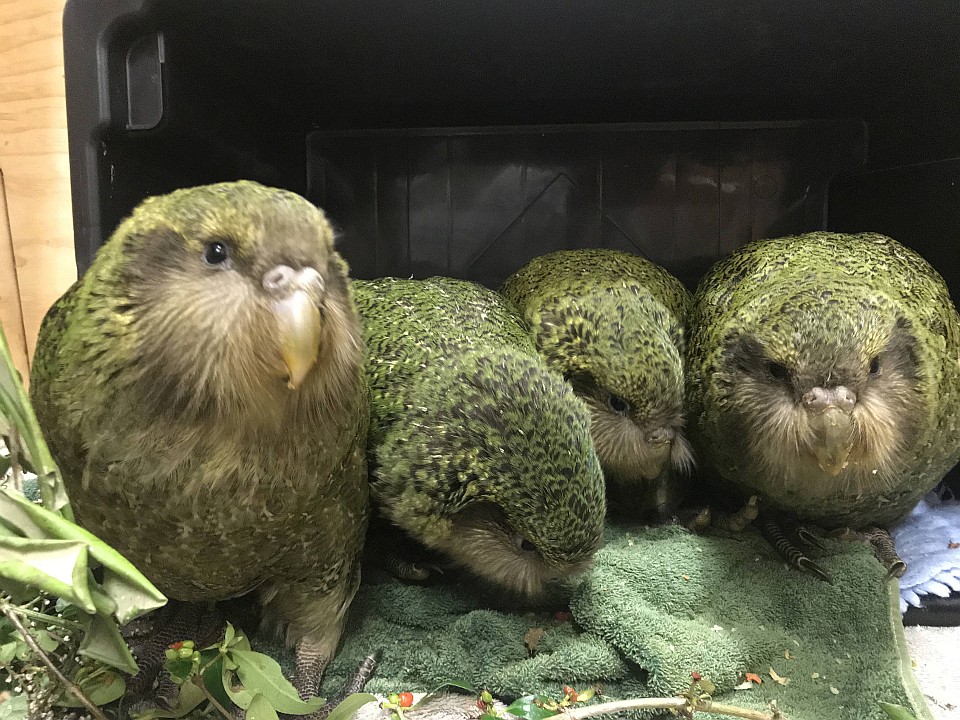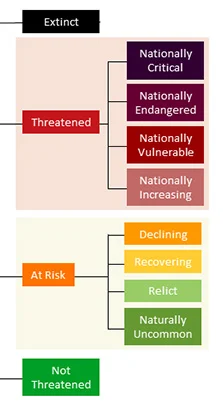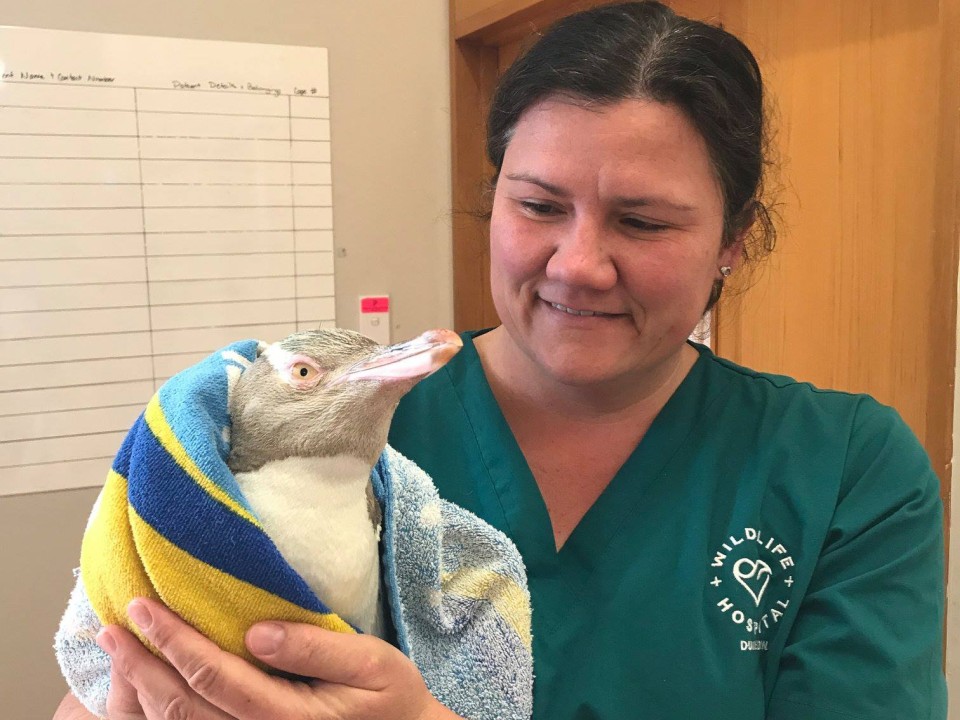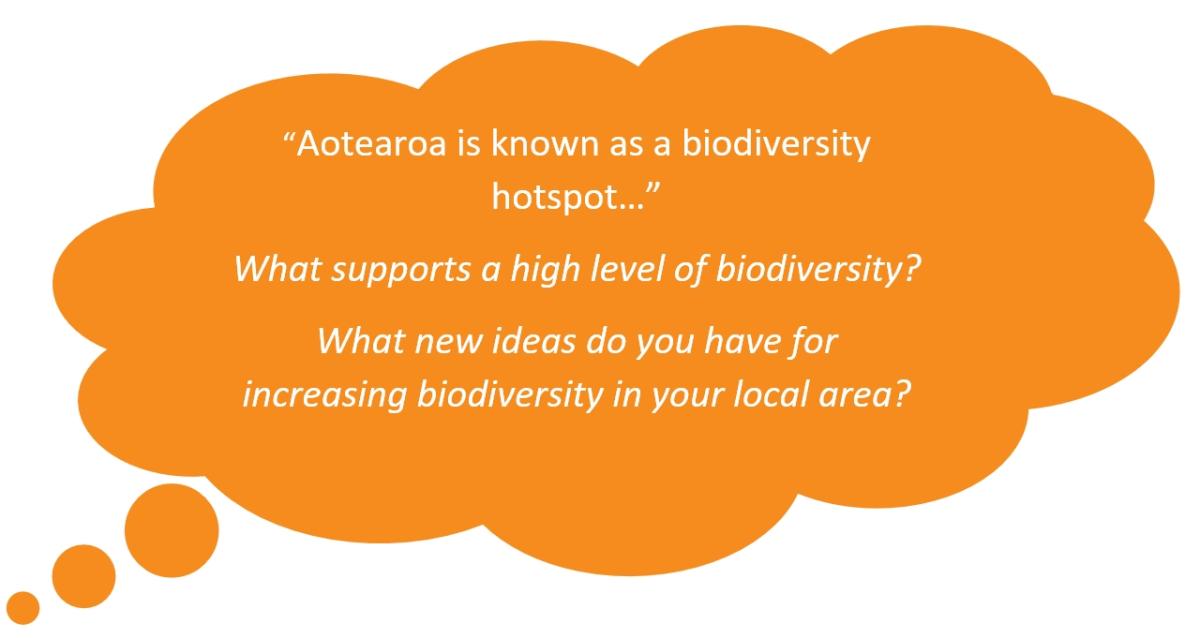You can contact LEARNZ, part of CORE Education, at:
Postal Address:
PO Box 13 678,
Christchurch 8141,
New Zealand

Native species of Aotearoa are taonga. In te ao Māori, taonga applies to anything treasured or prized including things of social and cultural value. Our native birds, lizards, bats and invertebrates like wētā are a part of our national identity and are part of what makes us unique.
Aotearoa New Zealand is an internationally recognised ‘hotspot’ for biodiversity. Our long isolation from other land masses, as well as our variety of ecosystems, have allowed unique plants and animals to develop. Today, many of New Zealand’s native species are classified as threatened, meaning they’re at risk of becoming extinct soon.
When a species drops to very low numbers or lives in just one place in the wild, it is threatened, and it may become extinct.
The Department of Conservation DOC has developed a threat classification system so that it can help the most endangered species. The most threatened species are described as nationally critical.

Threatened species have the greatest risk of extinction and include:
At Risk species aren’t considered ‘Threatened’, but they could quickly become so if not enough conservation work is done, if a new threat arises, or if numbers continue to decline. At risk species include those that are:
It is natural for species to slowly die out. But humans have caused huge changes in a short time. The main activities that threaten species are:
New Zealand’s plants and animals evolved free of many predators. When people arrived, they brought rats and other predators that killed animals and ate plants. Many species became extinct or rare. This continues today.

Aotearoa has many endemic species. These species are not found anywhere else in the world. This is not the same as being ‘native’. A species is native if it is naturally found in a place, but it may be found in more than one country. For example, the pūkeko is a native species in Aotearoa New Zealand, Europe, India and Asia, but the kākā is endemic, we only find kākā in Aotearoa.
 Threatened native animals
Threatened native animalsAotearoa New Zealand has a high number of threatened bird species including kākāpō, kea, kiwi, takahē and hoiho. Some marine mammals, bats, frogs and fish are also threatened.
The Wildlife Hospital in Dunedin treats many threatened species every year.
Complete the Threatened species quiz >
> Go to the DOC website to find out more.